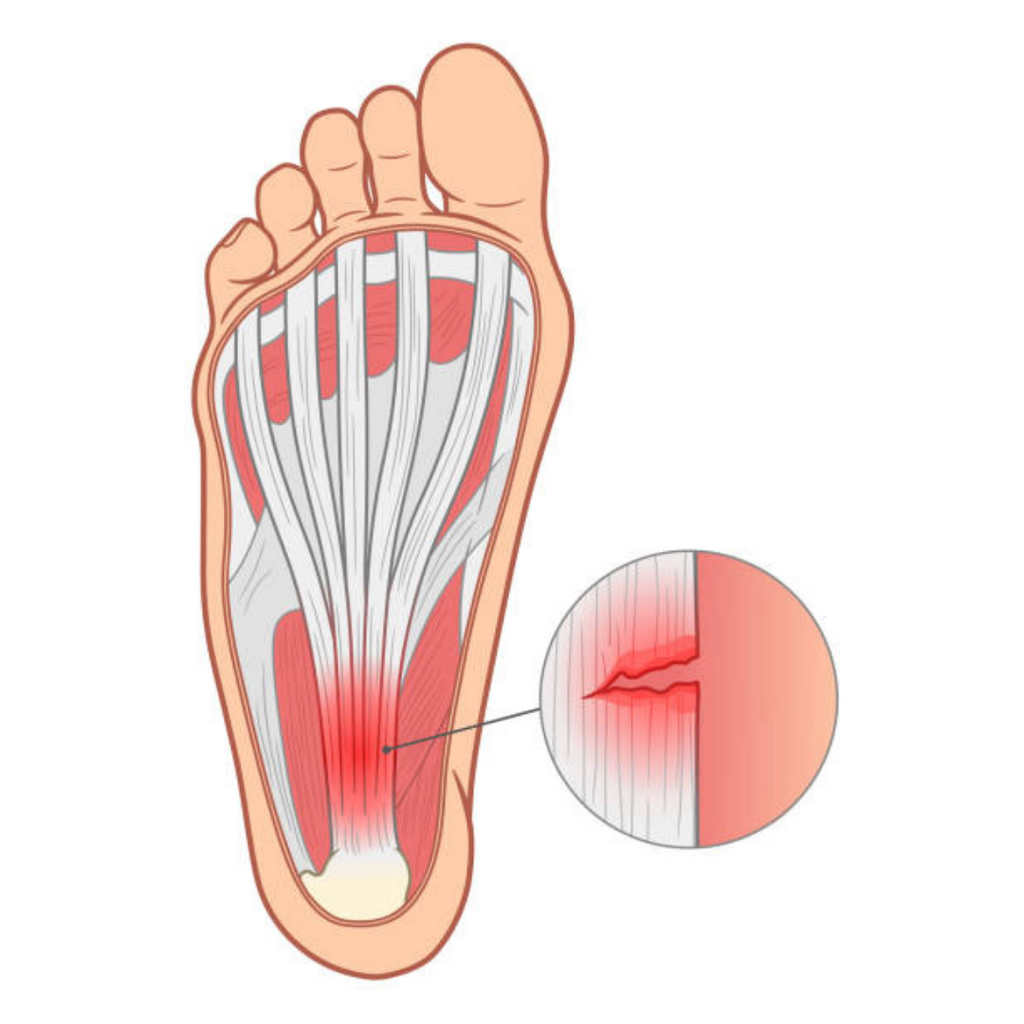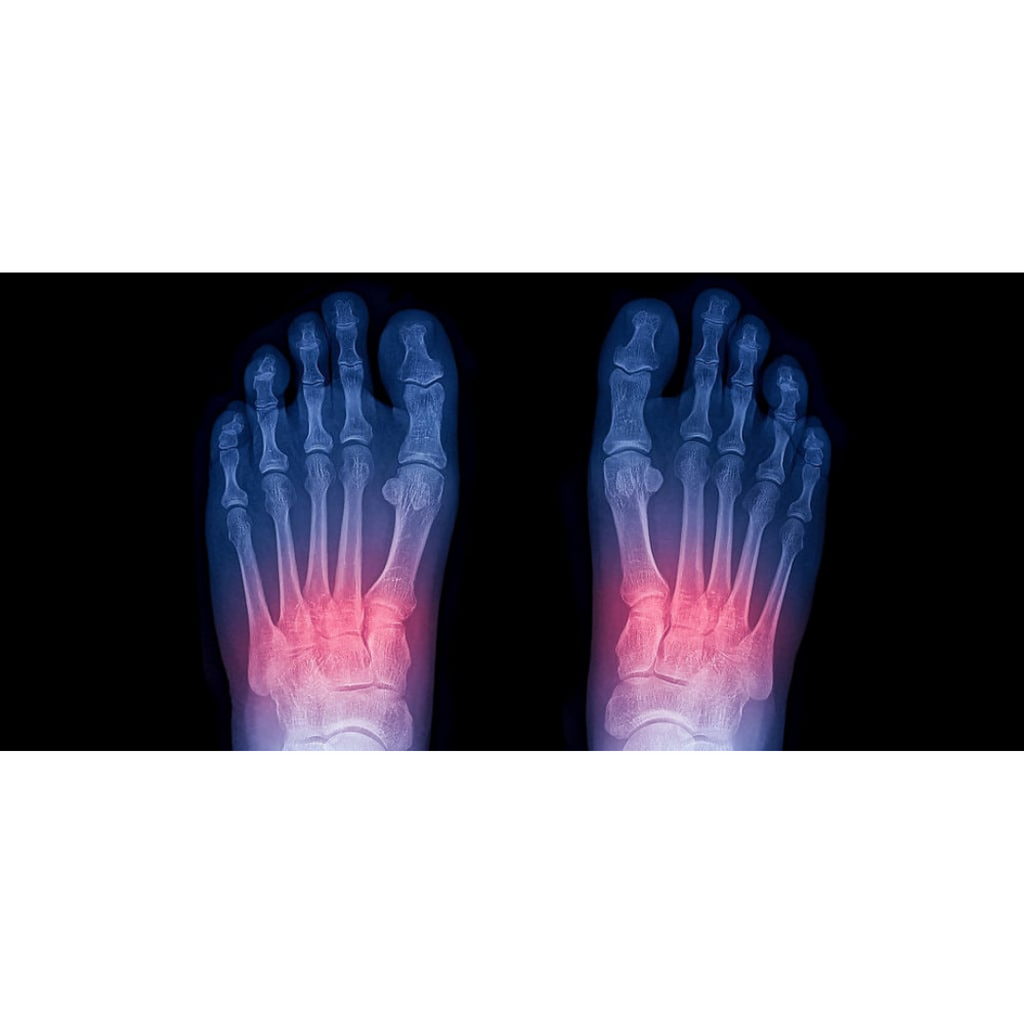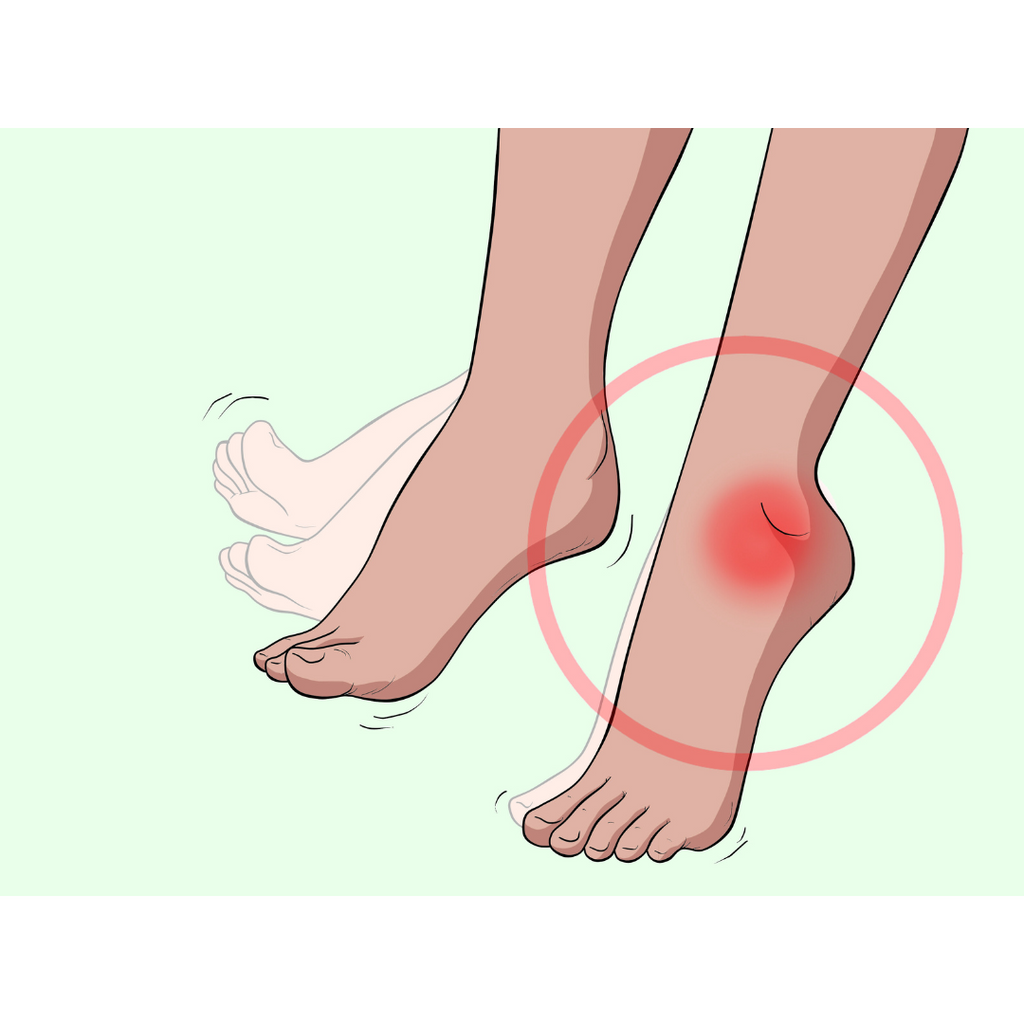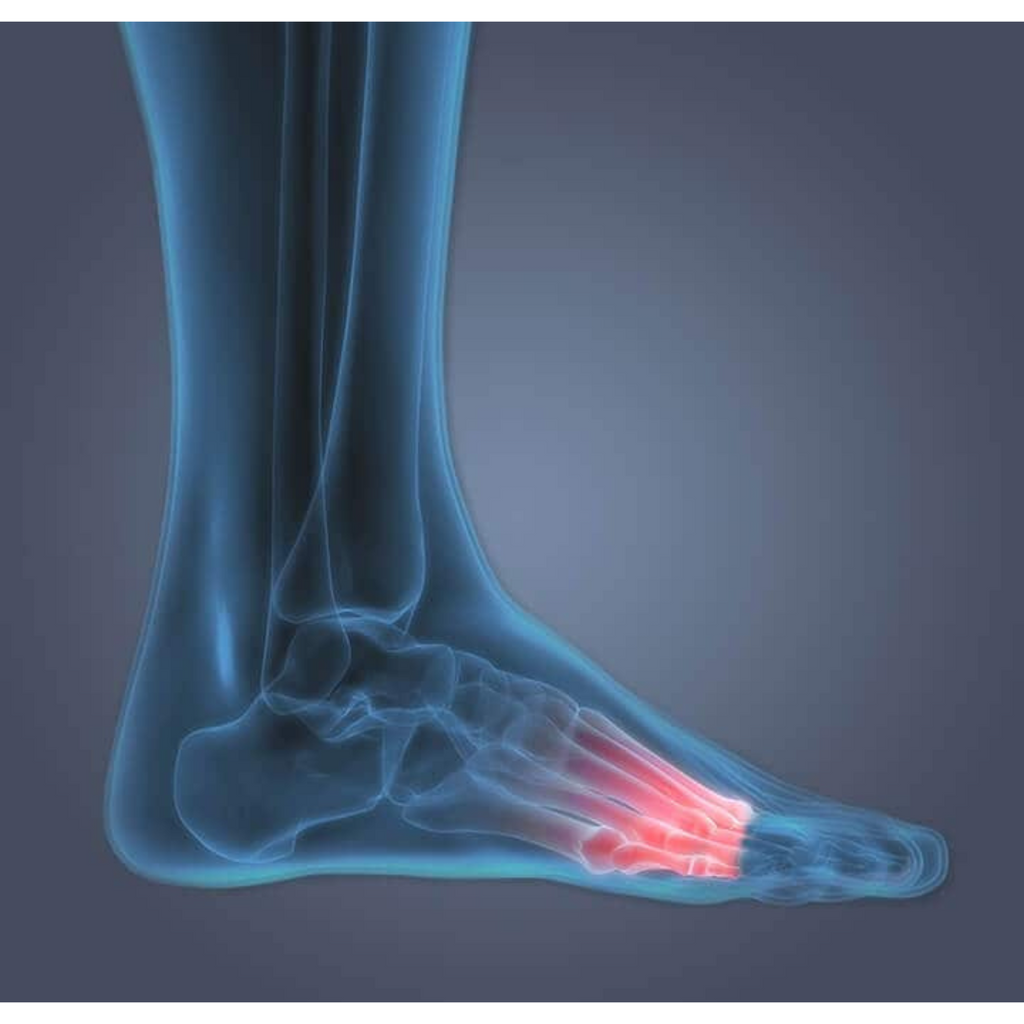Chronic knee injuries affect millions of people in the United States. A dislocated knee, though uncommon, is a serious injury that can have long-term consequences and prevent you from participating in activities you enjoy. Understanding knee dislocation is critical to making a full recovery, whether you participate in sports or take daily walks. Continue reading to learn about effective treatment options that will assist you in getting back on your feet.
What is a Dislocated Knee?
Knees, the largest joints in the body, are menisci, bursae, tendons, cartilage, ligaments, and bones. A knee dislocation occurs when the bones (the fibula and tibia) become misaligned. A partial dislocation, also known as a subluxation, may occur. In some cases, the kneecap is partially dislocated, and the ligaments surrounding it are also damaged.
A dislocated knee joint is described using an anatomical or positional classification system. The neural, arterial, and ligamentous involvement of the injury determines its anatomic classification. In contrast, the positional classification system explains the femur's relationship to the tibia.
Types of Knee Dislocations
Positional dislocations are classified into five types:
- Anterior
Severe knee hyperextension causes this type of dislocated knee injury. According to one study, a dislocation requires 30 degrees of hyperextension.
- Posterior
More than half of all knee dislocations are posterior in nature, involving anterior-to-posterior force to the proximal tibia, as in a hard fall on a flexed knee.
- Lateral, Medial, and Rotatory
This type of dislocation necessitates the use of rotatory, valgus, or varus components of applied force.
Dislocated Knee Causes
Understanding how to treat a dislocated knee begins with determining the source of the injury. A dislocated knee is typically caused by:
- Sports injuries: If you hit the ground hard while your knee is bent, collide with another player with great force, or overextend your knee, you can seriously dislocate it.
- Car accidents: If you collide with a hard surface while driving, the force of the blow is strong enough to dislocate your knee.
- Hard falls: Anyone who loses control and falls hard onto an overextended or bent knee may suffer from this.
Dislocated Knee Symptoms
Knowing how to tell if a knee is dislocated is critical for prompt treatment. The following are the most common symptoms of a dislocated knee:
- Swelling
- Discoloration
- Numbness
- Pain when moving
- Popping sound
- Obvious deformity
serious signs include:
- Loss of movement
- No feeling below the knee
- Loss of a pulse below the knee
Seek medical attention right away if you suspect you have a dislocated knee.
Dislocated Knee Diagnosis
A dislocated knee will be diagnosed by your primary health care provider using the following methods:
- Medical history and physical examination
After reviewing your medical history and symptoms, your doctor will examine your knee thoroughly and inquire as to how you injured it. A dislocated knee can damage blood vessels or nerves, causing your skin's temperature and color to change.
- X-Rays
X-rays will be taken to confirm a dislocated knee. To identify bone breaks, an X-ray produces clear dislocated knee images.
- Arteriogram
To determine whether the artery has been damaged, an arteriogram may be required. Special ultrasound or Doppler machines may be used to assess blood flow in the arteries.
- MRI Scan
In order to see what is going on inside your knee, your doctor may recommend an MRI scan. This imaging test produces detailed images of dislocated knees and demonstrates ligament and soft tissue damage.
Dislocated Knee Treatment
The most effective treatment for dislocated knees is determined by the severity of the injury. In many cases, a dislocated knee will pop back into place on its own, but it is always a good idea to seek professional advice. The treatment options listed below are both safe and effective.
- Cold Therapy
Because a dislocated knee is a serious injury, learning how to fix a dislocated knee at home is essential. Apply an ice pack for 15 to 20 minutes immediately after the injury to reduce pain and inflammation. If the symptoms do not go away quickly, see your doctor for a professional evaluation.
- Reduction
If your kneecap is completely out of its groove, a specialist will try to reposition it by pressing and moving your leg in various ways. This is known as a reduction. During the procedure, you will be given medication to keep you relaxed and pain-free.
- Dislocated Knee Surgery
As a last resort, surgery for dislocated knees may be recommended. Only surgery is required if there is a fracture or another associated injury. The procedure's goal is to correct the dislocation as well as treat any other damage caused by your injury, which may include torn ligaments, damaged blood vessels, broken bones, and damaged nerves. Before undergoing surgery, discuss the benefits and drawbacks with your doctor.
- Compression
Compression can aid in the relief of acute pain caused by an injury or surgical repair. Compression knee sleeves are cheap and easy to put on. They apply constant pressure to the muscles in and around the knee to promote healing and maintain joint alignment.
Compression promotes healing by decreasing inflammation and increasing circulation. (see product)
- Bracing
Whether or not you have surgery, your doctor may recommend knee braces to help you heal from a dislocated knee. Braces provide support and stability to the knee, preventing further damage. The two most common types of knee braces are listed below.
Hinged Knee Brace
Universal knee braces provide much-needed protection and support during everyday activities. They're made of breathable neoprene, so they're great for working out. The wraparound design conforms to each individual, allowing you to customize the compression and support to meet your specific needs.
Adjustable support and compression are provided by universal knee braces to protect your knee while it heals. (see product)
Universal Knee Brace
A hinged dislocated knee brace gives you the most support and protection. Look for one with an open-patella design, which helps to stabilize the knee and keeps the brace from slipping. A hinged knee brace is essential for those recovering from surgery.
- Stretching and Strengthening Exercises
Physical therapy can help you reintroduce movements as you recover from a dislocated knee. Whether your goal is to reduce pain, improve mobility, regain strength, or all of the above, it's critical to begin slowly and pay attention to your body when performing the dislocated knee exercises listed below.
Focus on three areas when rehabbing a knee after surgery or injury: strengthening the knee, stretching the muscles surrounding the knee, and increasing range of motion. Many patients reported that after performing gentle exercises and stretches, their dislocated knee popped back into place. Consult your doctor or a physical therapist before beginning any new dislocated knee exercises.
Resisted Knee Extension
Step 1: Begin by sitting with your knees bent.
Step 2: Wrap a stretch strap around the ankle of your affected leg and secure the other end to the chair.
Step 3: Slowly straighten the injured knee against the strap's resistance. As you slowly lower your leg, maintain control of the movement.
Step 4: Complete 8 to 12 repetitions.
Wall Slides
Step 1: Lie face down on the floor, knees bent and feet flat against the wall.
Step 2: Slide your foot down the wall slowly. Bend your injured knee to the extent that you are comfortable with.
Step 3: Hold the position for 5 to 10 seconds before pushing the affected leg back up to the starting position with your other foot.
Step 4: Do ten repetitions.
Quarter Squat
Step 1: Begin by sitting with your knees bent.
Step 2: Wrap a stretch strap around the ankle of your affected leg and secure the other end to the chair.
Step 3: Slowly straighten the injured knee against the strap's resistance. As you slowly lower your leg, maintain control of the movement.
Step 4: Complete 8 to 12 repetitions.
Prone Leg Hang
Step 1: Lie on your stomach with a pillow or rolled towel under your injured knee. You can also dangle your knee from the foot of a bed.
Step 2: Take a deep breath and let your affected leg dangle freely.
Step 3: Maintain the posture for 5 to 10 minutes
Straight Leg Raises
Step 1: Lie down on the floor with your good knee bent.
Step 2: Extend your quadriceps and straighten your injured knee.
Step 3: Raise the leg slowly to your desired height.
Step 4: Hold the position for approximately 2 seconds before slowly lowering your leg to the floor.
Step 5: Repeat 8 to 12 times.
Products that Help Reduce Dislocated Knee
Dislocated Knee Recovery Time
A dislocated knee is a serious injury. How long does it take for a dislocated knee to heal? The recovery time for dislocated knees is estimated to be nine to twelve months. If you plan to have surgery, ask your doctor how long it will take you to be able to walk without pain.
Preventing a Knee Dislocation
A dislocated knee can have serious consequences in your daily life. Although at-home remedies can significantly reduce your recovery time, you should consult your doctor for a professional evaluation. Excellent results can be obtained with the proper brace and compression. Reduce your risk of knee dislocation by stretching on a regular basis, and address the underlying cause of your dislocation to avoid re-injury.







